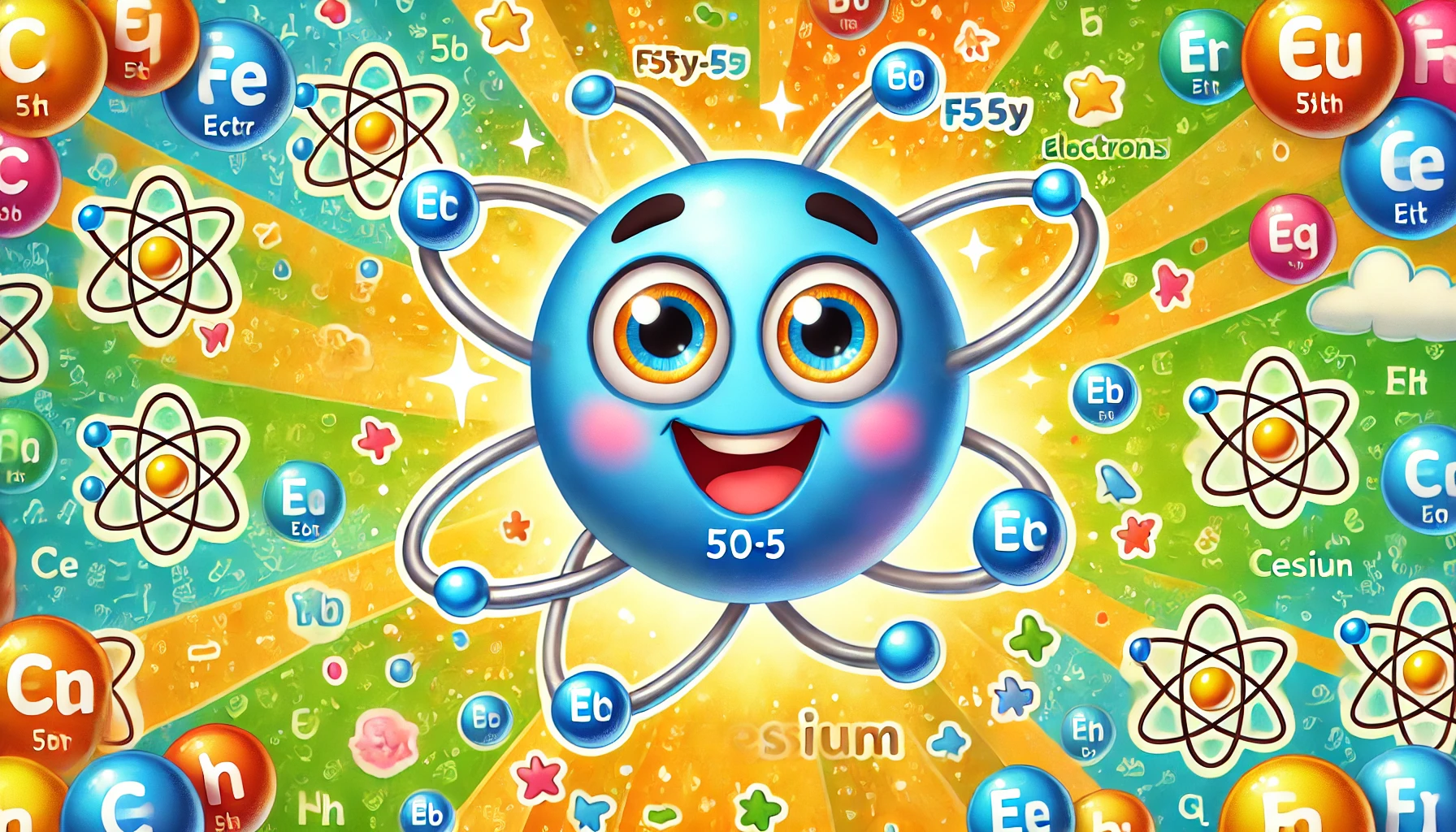Understanding Cesium: Properties, Uses, Health Risks, and Fascinating Facts
Understanding Cesium: Properties, Uses, Health Risks, and Fascinating Facts
Table of Contents
- Introduction to Cesium
- Properties of Cesium
- Uses of Cesium
- Health Risks of Cesium Exposure
- Interesting Facts about Cesium
- Environmental Impact of Cesium
- Conclusion
- References
Understanding Cesium: Properties, Uses, Health Risks, and Fascinating Facts
Introduction to Cesium Cesium is a chemical element with the symbol Cs and atomic number 55. It is an alkali metal known for its softness, silvery-golden color, and high reactivity. Cesium has various applications, particularly in electronics and timekeeping. This article explores the properties, uses, health risks, and interesting facts associated with cesium, providing a comprehensive understanding of this versatile metal.
Properties of Cesium Cesium is characterized by several distinct physical and chemical properties.
Physical Properties
- Appearance: Cesium is a soft, silvery-golden metal.
- Density: The density of cesium is 1.93 g/cm³.
- Melting Point: Cesium has a low melting point of 28.5°C (83.3°F), making it one of the few metals that is liquid near room temperature.
- Boiling Point: The boiling point of cesium is 671°C (1,240°F).
Chemical Properties
- Reactivity: Cesium is highly reactive, especially with water, where it reacts explosively. It forms strong bases, such as cesium hydroxide (CsOH).
- Compounds: Cesium forms various compounds, such as cesium chloride (CsCl), cesium carbonate (Cs₂CO₃), and cesium fluoride (CsF).
Uses of Cesium Cesium has numerous applications across different industries due to its unique properties.
Timekeeping
- Atomic Clocks: Cesium is used in atomic clocks, which are the most accurate timekeeping devices. Cesium-133 isotopes are used to define the second based on the vibrations of cesium atoms.
Electronics
- Photocells: Cesium is used in photocells and photomultiplier tubes because it can convert light into electrical signals efficiently.
- Ion Propulsion: Cesium is used as a propellant in ion propulsion systems for spacecraft due to its high ionization efficiency.
Medical Applications
- Radiotherapy: Cesium-137, a radioactive isotope, is used in radiotherapy for treating certain types of cancer. It is also used in medical devices to sterilize equipment.
Oil and Gas Industry
- Drilling Fluids: Cesium formate brines are used in drilling fluids to maintain high-pressure and high-temperature stability in oil and gas drilling operations.
Health Risks of Cesium Exposure Cesium is generally considered to have low toxicity, but there are some health risks associated with exposure to cesium compounds and isotopes.
Inhalation and Ingestion
- Respiratory Issues: Inhalation of cesium dust can cause respiratory irritation, coughing, and shortness of breath.
- Gastrointestinal Issues: Ingestion of cesium compounds can cause gastrointestinal irritation, including nausea, vomiting, and diarrhea.
Skin and Eye Contact
- Skin Irritation: Direct contact with cesium compounds can cause skin irritation and burns.
- Eye Irritation: Exposure to cesium dust or solutions can cause eye irritation and potential damage.
Radioactive Isotopes
- Radiation Exposure: Exposure to radioactive isotopes, such as cesium-137, can increase the risk of cancer and cause radiation sickness if not properly managed.
Interesting Facts about Cesium Cesium has several intriguing aspects that make it an interesting element.
Discovery
- Discovered in 1860: Cesium was discovered by German chemists Robert Bunsen and Gustav Kirchhoff in 1860 using flame spectroscopy. It was named after the Latin word “caesius,” meaning sky blue, due to the blue lines in its emission spectrum.
Unique Properties
- Liquid Metal: Cesium is one of the few metals that is liquid near room temperature, making it unique among alkali metals.
- Highly Reactive: Cesium is the most electropositive and alkaline element, making it extremely reactive, especially with water.
Isotopes
- Stable Isotope: Cesium-133 is the only naturally occurring stable isotope and is used in atomic clocks.
- Radioactive Isotopes: Cesium-137 is a notable radioactive isotope used in medical applications and industrial gauges.
Environmental Impact of Cesium Cesium is not known to have significant environmental impacts, but its extraction and use should still be managed responsibly.
Natural Occurrence
- Abundance: Cesium is relatively rare in the Earth’s crust and is typically found in minerals such as pollucite and lepidolite.
- Mining: Extraction of cesium must be done carefully to avoid environmental contamination and ensure sustainable practices.
Industrial Waste
- Waste Management: Proper disposal of cesium-containing industrial waste is crucial to prevent environmental contamination.
Conclusion Understanding cesium, its properties, uses, health risks, and interesting facts provides valuable insight into this versatile metal. While cesium has several important applications, particularly in timekeeping and electronics, appropriate safety measures should be taken when handling cesium compounds and isotopes. Its applications in medicine, space exploration, and the oil and gas industry highlight its importance in modern technology and industry.

<ⓒ WizardMedics (wizardmedics.com)>


